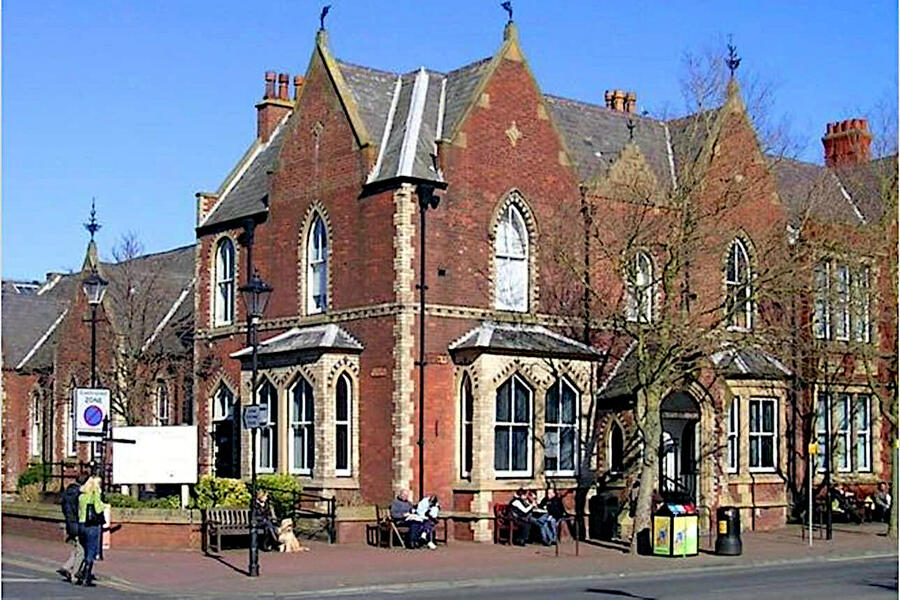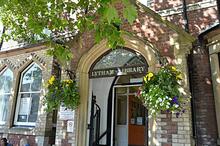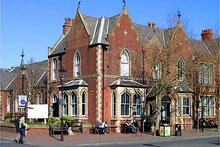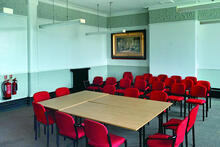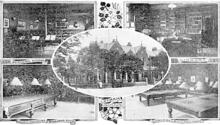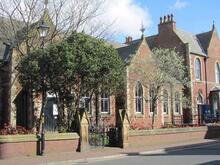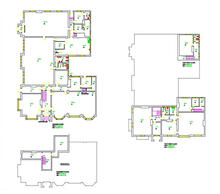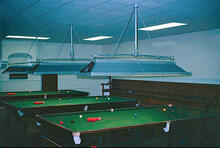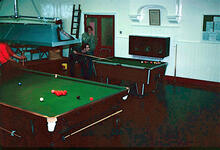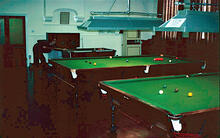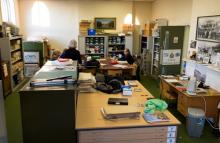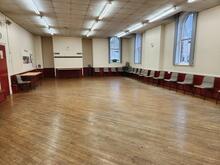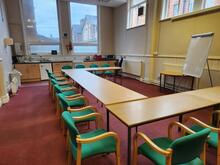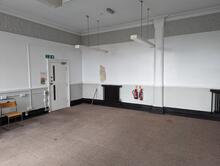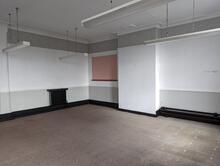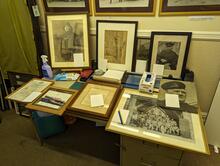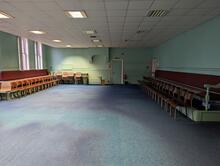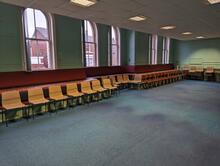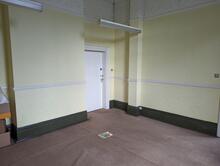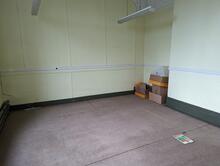It opened on 1 November 1872 in the Bath Street Chapel, before moving in 1878 to the present Grade II-listed building, which was paid for by the people of Lytham. It opened on 30 August 1878 at a cost of £3000, and included a small library of books and a reading room.
In 1898 a new reading room, gymnasium and classrooms were added at a cost of £1500. The extension was added to celebrate Queen Victoria’s Diamond Jubilee and opened by the Duke of Norfolk.
In 1917 the Institute was given in trust to the local council, who have run it ever since. It is now a charitable trust with Fylde Council as the trustee. The freehold was purchased from the Clifton Estate in 1937 for just £6.
Later, in 1922, the library became part of the Municipal Borough of Lytham St Annes. That was at the time when St Anne’s on the Sea and Lytham Urban District Councils were amalgamated. In 1974 the administration of the library was taken over by Lancashire County Council.
The library closed in 2016 when the library service has moved to the Assembly Rooms.
The Institute has housed various facilities over the years with the use of the internal rooms changing over time. The room on the right of the main entrance contained the library and for many years that on the left was the reading room. Many of us fondly remember learning how to play snooker in the back room. There was a small Register office.
In early 2024 the Hewitt lecture room is still in use and the Lytham Heritage Archive is open on Wednesday afternoons on the first floor. Lytham St. Annes Civic Society also have a first floor room holding their archive.
Public Library, Lytham Institute, Hewitt Lecture Room, 27 Clifton Street,
The idea for a working mens’ reading room was first mooted when the Rev. Henry Beauchamp Hawkins came to Lytham as vicar of St. Cuthbert’s in 1870. The objects and rules for a ‘Lytham Institute’ were duly agreed, and in 1872 the Institute opened at the old Wesleyan Chapel in Bath Street. The scheme proved very successful and it was decided to erect a suitable building for the Institute. The Clifton Estate gave the site in Clifton Street, and the work was financed by public subscription and a legacy from the late Miss Margaret Hewitt of Ribblestone House, East Beach, hence the name ‘Hewitt’ Lecture Room. (Ribblestone House was a large detached villa in extensive grounds between St John’s Street and Grosvenor Street.)
In 1877 the General Committee of the Lytham Institute invited certain architects to submit plans for the new building. Mr. Forrest of Lytham and Messrs. Myres, Veevers and Myres of Preston submitted designs, but their estimates were more than the Committee had at their disposal. The Committee therefore decided to adopt the plan originally drawn by Mr. Collinson, a Lytham builder, with some modifications.
Lady Eleanor Cecily Clifton laid the foundation stone, and in 1879 the new Institute, with library, reading rooms, classrooms and billiards room, was officially opened. The facilities, and in particular billiards, were very popular with the local community and space soon became cramped. To mark Queen Victoria’s Diamond Jubilee it was agreed, therefore, that the Institute should be enlarged. Old Estate cottages were demolished and, in September 1898, the new east wing, costing £1,500, was opened by the Duke of Norfolk who was related to the Clifton family.
The building is in red brick in Flemish bond with sandstone and polychrome brick dressings, and has steeply-pitched slate roofs. The entrance porch has a moulded Tudor-arched outer doorway and two arched windows in the sides, and internal steps lead up to double doors. Above is a stepped stone parapet with raised lettering ‘AD 1878 LYTHAM INSTITUTE’. An inscription at the front of the building to commemorate Queen Victoria’s Diamond Jubilee was obliterated when the building was energetically cleaned some years ago.
There is a separate entrance to the lecture and billiard rooms from Bannister Street, with the stained glass panel over the doorway lettered ‘HEWITT LECTURE ROOM’.
The Public Library now occupies most of the rooms, and the Hewitt Lecture Room is used for public meetings.
from "The listed buildings of Lytham St. Annes" - Lytham St. Annes Civic Society 2003
If you have additional information or pictures that may usefully added to this page then please get in touch with us.
